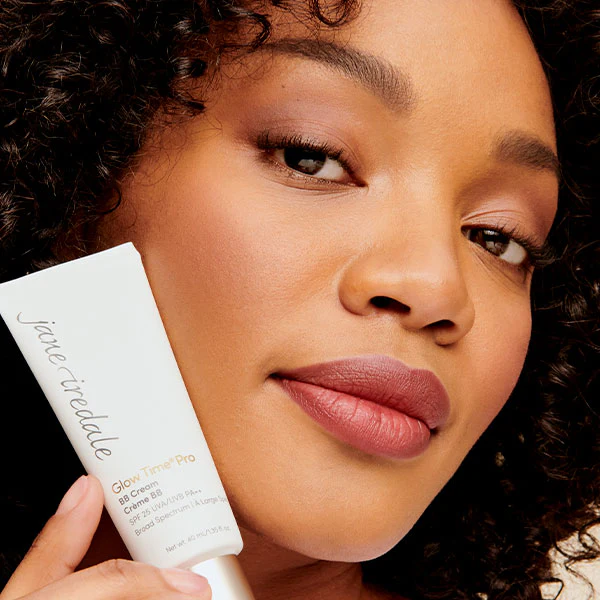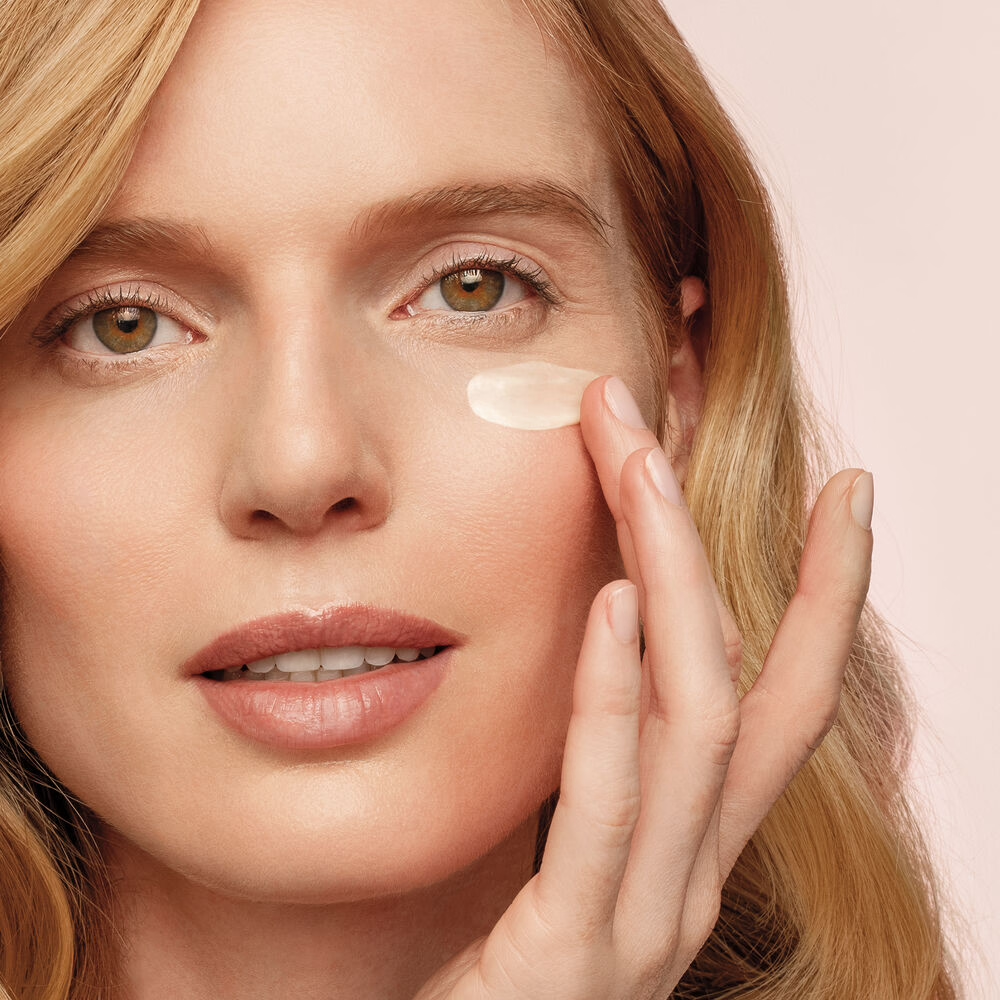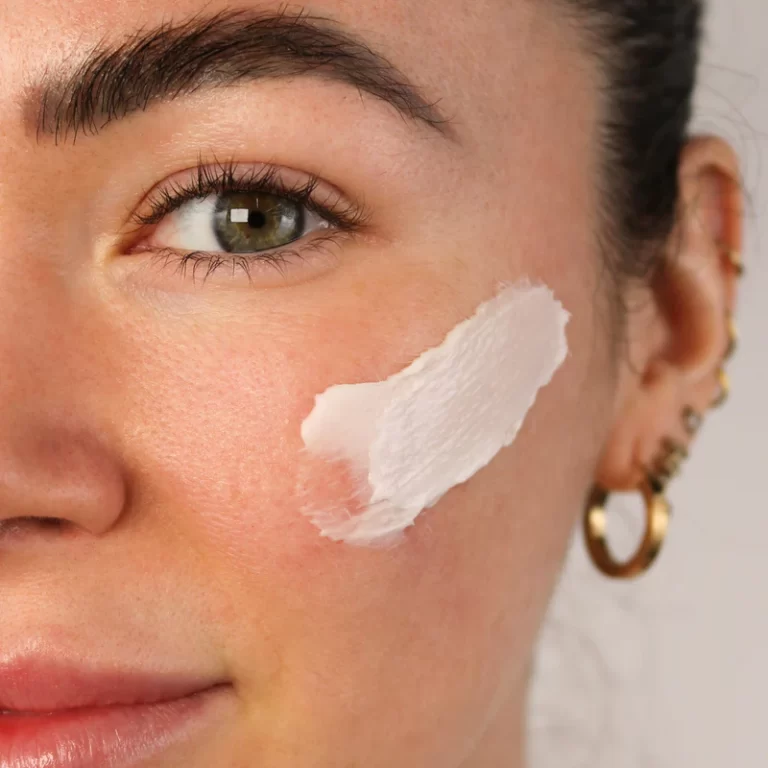
Foundation Primer: Perfecting Your Makeup Base
The Ultimate Guide to Foundation Primer: Perfecting Your Makeup Base
Foundation primer has become an essential step in many makeup routines, serving as the bridge between skincare and makeup. This versatile product offers a myriad of benefits, from extending the wear of your foundation to addressing specific skin concerns. Understanding the ins and outs of foundation primer can elevate your makeup game and help you achieve a flawless, long-lasting look.
What is Foundation Primer?
Foundation primer acts as a preparatory layer applied to the skin before foundation. It creates a smooth canvas, helping makeup adhere better and last longer throughout the day. Primers come in various formulations, each designed to address specific skin concerns such as oiliness, dryness, large pores, or uneven texture. Additionally, some primers offer added benefits like SPF protection or color correction.

The Benefits of Using Foundation Primer
Incorporating a foundation primer into your makeup routine offers numerous advantages. Firstly, it significantly extends the wear time of your foundation, preventing it from fading or settling into fine lines and wrinkles. Secondly, primer helps to smooth out the skin’s texture, minimizing the appearance of pores and creating a more even surface for foundation application. Furthermore, many primers contain ingredients that provide skincare benefits, such as hydration or oil control, effectively bridging the gap between your skincare and makeup routines.
Types of Foundation Primers
The market offers a wide array of foundation primers, each catering to different skin types and concerns. Silicone-based primers are popular for their ability to smooth out skin texture and fill in pores, creating a velvety-smooth canvas. Water-based primers, on the other hand, offer a lightweight feel and are often preferred by those with sensitive or acne-prone skin. Color-correcting primers use tinted formulas to address specific skin tone issues, such as redness or sallowness. Illuminating primers contain light-reflecting particles to impart a subtle glow, while mattifying primers work to control excess oil and shine.
Choosing the Right Foundation Primer for Your Skin Type
Selecting the appropriate foundation primer depends largely on your skin type and specific concerns. For oily skin, look for oil-free, mattifying primers that help control shine and minimize the appearance of pores. These often contain ingredients like silica or clay to absorb excess oil throughout the day. Dry skin benefits from hydrating primers infused with ingredients like hyaluronic acid or glycerin, which help to plump the skin and create a smooth, moisturized base for makeup. Those with combination skin may prefer to use different primers on various areas of the face, such as a mattifying formula on the T-zone and a hydrating option on drier areas.

How to Apply Foundation Primer
Proper application of foundation primer is key to maximizing its benefits. Start with clean, moisturized skin. Allow your skincare products to fully absorb before applying primer. Use a small amount of primer, typically about a pea-sized dollop for the entire face. Begin by dotting the primer on your forehead, cheeks, nose, and chin. Then, gently blend the primer into your skin using your fingertips or a makeup sponge, using light, patting motions rather than rubbing. Focus on areas with visible pores or fine lines, as these areas will benefit most from the smoothing effects of the primer. Allow the primer to set for a minute or two before proceeding with your foundation application.
Common Mistakes to Avoid When Using Foundation Primer
While foundation primer can significantly improve your makeup application, there are some common pitfalls to avoid. One frequent mistake is using too much product, which can lead to pilling or an uneven texture. Remember, a little goes a long way with primer. Another error is not allowing the primer to set before applying foundation, which can cause the products to mix and reduce their effectiveness. Additionally, using a primer that’s incompatible with your foundation (for example, a silicone-based primer with a water-based foundation) can result in separation or uneven application. Always ensure your primer and foundation formulations are compatible for the best results.
Combining Foundation Primer with Other Makeup Products
Foundation primer works in harmony with other makeup products to create a flawless finish. After applying primer and allowing it to set, follow with your preferred foundation, applying it in thin layers for the most natural look. Concealer can be applied before or after foundation, depending on the level of coverage needed. For areas that require extra attention, such as under the eyes or on blemishes, you can apply a small amount of primer directly to these spots before concealer for enhanced coverage and longevity. Finish your base with setting powder or setting spray to further lock in your makeup and extend its wear time.
DIY Foundation Primer Alternatives
For those who prefer natural or DIY options, several household items can serve as makeshift primers. Aloe vera gel, for instance, can act as a soothing, hydrating primer for dry or sensitive skin. Its natural properties help to smooth and moisturize the skin, creating a nice base for makeup. Another option is using a small amount of milk of magnesia, which can work as a mattifying primer for oily skin types. However, it’s important to note that these DIY alternatives may not provide the same level of effectiveness or specific benefits as commercially formulated primers.

The Science Behind Foundation Primers
Understanding the science behind foundation primers can help you make more informed choices about which products to use. Many primers contain silicones, such as dimethicone or cyclopentasiloxane, which create a smooth, even surface on the skin by filling in fine lines and pores. These ingredients also help to repel water, contributing to the long-wearing properties of your makeup. Other common ingredients include humectants like glycerin or hyaluronic acid, which attract moisture to the skin, and mattifying agents like silica or clay, which absorb excess oil. Some primers also incorporate skincare ingredients such as antioxidants or peptides, offering additional benefits beyond makeup preparation.
Foundation Primer Trends and Innovations
The beauty industry continually evolves, bringing new innovations to foundation primer formulations. Recent trends include the development of primers with skincare-level ingredients that offer long-term benefits with continued use. These may include peptides for collagen production, antioxidants for protection against environmental stressors, or specialized compounds that target specific skin concerns over time. Another emerging trend is the creation of multifunctional primers that combine multiple benefits in one product, such as priming, moisturizing, and sun protection. As technology advances, we can expect to see even more sophisticated primer formulations that bridge the gap between skincare and makeup.
The Debate: Is Foundation Primer Necessary?
Despite the popularity of foundation primers, there’s ongoing debate about whether they’re an essential step in everyone’s makeup routine. Proponents argue that primers significantly improve the application, appearance, and longevity of foundation, making them a worthwhile investment. They also point to the additional skincare benefits many primers offer. On the other hand, critics suggest that with proper skincare and high-quality foundation, primers may be an unnecessary extra step. Ultimately, the decision to use a primer depends on individual skin needs, makeup goals, and personal preferences. Many makeup artists recommend experimenting with and without primer to see what works best for your skin and desired look.

Customizing Your Primer Routine
As with many aspects of beauty and skincare, there’s no one-size-fits-all approach to using foundation primer. Some may find that they need primer only in certain areas of their face. While others benefit from using it all over. Experimenting with different application techniques, such as mixing primer with foundation for a more natural finish, can help you discover what works best for your skin. Additionally, your primer needs may change with the seasons, your skin’s condition, or the specific makeup look you’re trying to achieve. Don’t be afraid to adjust your routine and try new products or techniques to find your perfect primer match.
Conclusion
In conclusion, foundation primer has earned its place as a staple in many makeup routines. Offering a range of benefits that can significantly enhance the appearance and longevity of your makeup. By creating a smooth canvas, addressing specific skin concerns, and improving the adherence of foundation, primers help to achieve that coveted flawless finish.
The key to success with foundation primer lies in selecting the right formulation for your skin type and concerns. Whether you’re dealing with oiliness, dryness, large pores, or uneven texture, there’s a primer designed to address your specific needs. By understanding the different types of primers available and how they work, you can make an informed choice that complements your skin and enhances your overall makeup look.
Proper application technique is crucial for maximizing the benefits of your foundation primer. Remember to start with a clean, moisturized face and apply the primer in a thin, even layer. Focusing on areas that need the most attention. Allow the primer to set before applying your foundation, and be mindful of the compatibility between your primer and foundation formulations to avoid any issues with separation or pilling.

